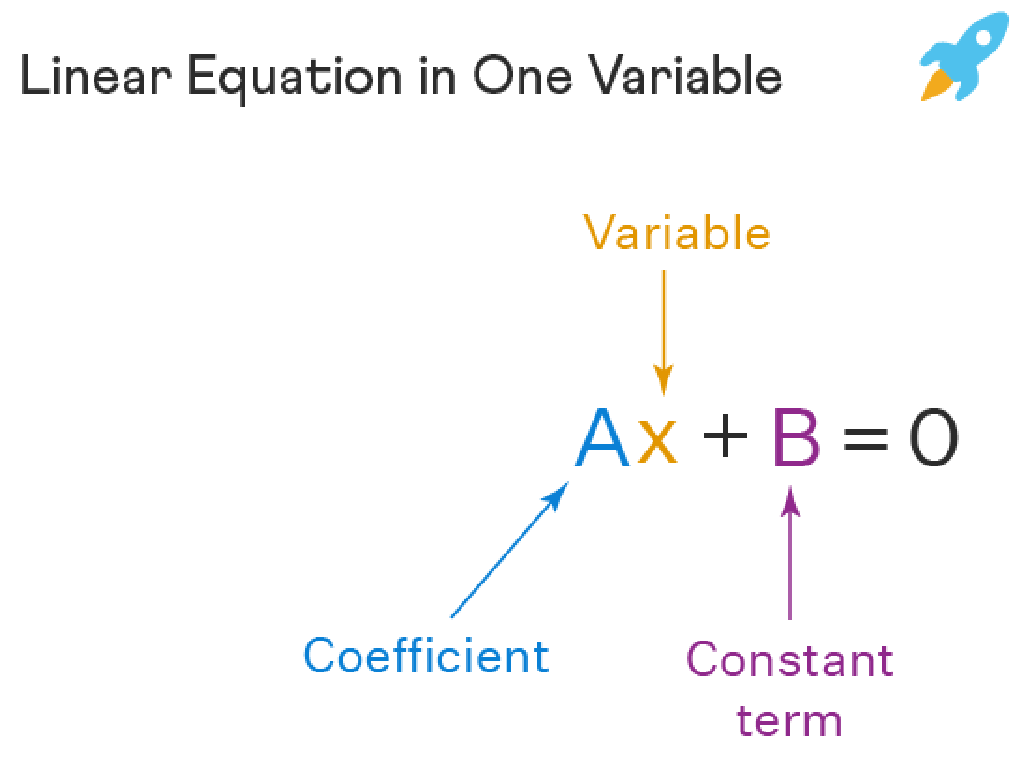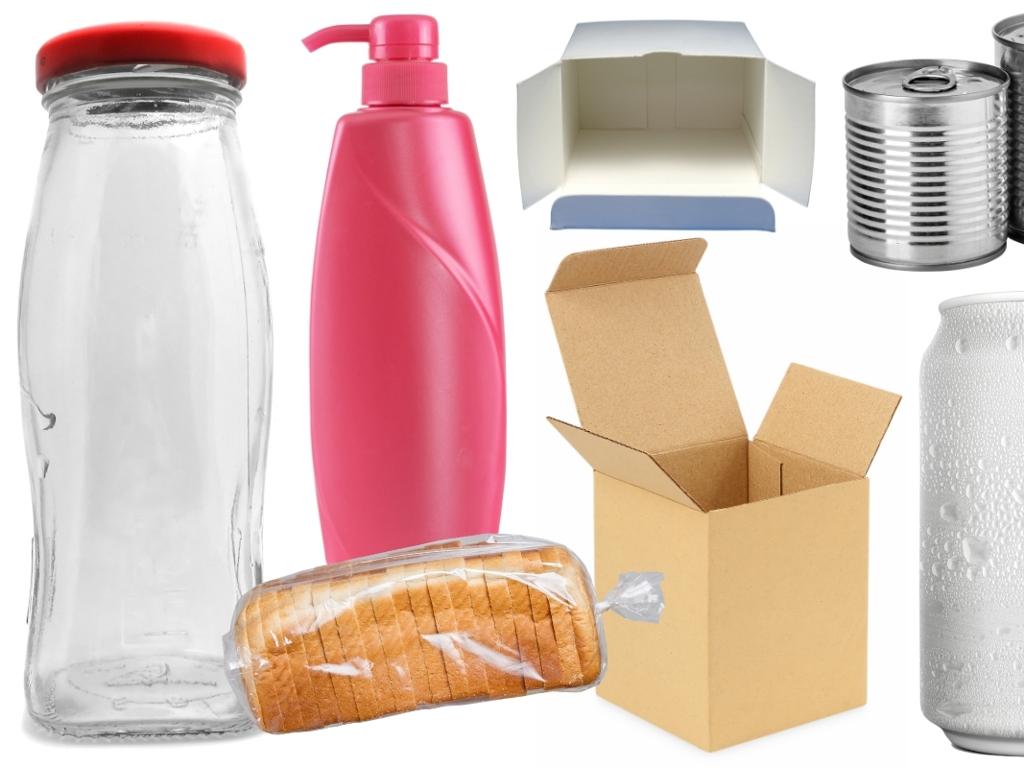Sort Consonants And Vowels
Subject: Language arts
Grade: First grade
Topic: Consonants And Vowels
Please LOG IN to download the presentation. Access is available to registered users only.
View More Content
Welcome to Consonants and Vowels!
– Learning about letters today
– Two types: consonants & vowels
– Vowels are A, E, I, O, U. All others are consonants.
– Recognize different letters
– Share letters you know
– Think of letters from your name or favorite toys.
|
This slide introduces first graders to the concept of consonants and vowels, which are the building blocks of the English language. Start by engaging the students with the broad topic of letters and then explain that there are two special types: consonants and vowels. Encourage the children to participate by asking them to name letters they are already familiar with, possibly from their names or favorite objects. This will make the learning interactive and relatable. As you move through the presentation, emphasize the vowels (A, E, I, O, U) and explain that all other letters are consonants. For the activity, you can have students sort a mixed group of letters into vowels and consonants or have them color-code vowels and consonants in a text. This will help solidify their understanding of the difference between the two types of letters.
Exploring Consonants
– Consonants vs. vowels
– Letters that are not A, E, I, O, U
– Counting consonants in alphabet
– There are 21 consonants in the English alphabet
– Examples of consonants
– B, C, D, F, G are consonants
– Let’s name more consonants!
– Can you think of other consonants?
|
This slide introduces the concept of consonants to first graders by differentiating them from vowels. Start by explaining that consonants are all the letters in the alphabet that are not vowels (A, E, I, O, U). Highlight that there are 21 consonants and provide examples. Engage the class by asking them to name more consonants. This activity helps students to recognize and categorize letters, which is a fundamental skill in language arts. Encourage participation and make it fun by perhaps turning it into a game where students get points for every correct consonant they name.
Exploring Vowels in the Alphabet
– Vowels are special alphabet letters
– There are 5 main vowels
– A, E, I, O, U are vowels
– Sometimes, Y is a vowel too!
– Like in ‘happy’, Y sounds like an ‘I’ or ‘E’
|
This slide introduces the concept of vowels to first-grade students. Vowels are the building blocks of our words and are essential for word formation. There are five primary vowels that we use all the time. It’s important to note that the letter ‘Y’ can sometimes act as a vowel, especially at the end of words like ‘happy’ or ‘sunny’. During the presentation, emphasize the vowel sounds and have the students practice identifying vowels in different words. You can also include a fun activity where students pick out vowels from a set of letters or find words in a story that contain a lot of vowels.
Listening Game: Consonants or Vowels?
– I’ll say a letter out loud
– Decide if it’s a consonant or vowel
– Remember, vowels are A, E, I, O, U
– Listen carefully to each letter
– Let’s start with the letter ‘S’
– Is ‘S’ a consonant or a vowel?
|
This interactive listening game is designed to help first graders distinguish between consonants and vowels. The teacher will say a letter out loud, and the students will identify if it’s a consonant or a vowel. Before starting the game, remind the students that the vowels are A, E, I, O, and U, and all other letters are consonants. For the activity, the teacher should say the letters clearly and give students a moment to think before answering. Possible variations of the activity could include using flashcards, having students come to the board to write the letter under the correct category, or even turning it into a movement activity where students jump to one side of the room for vowels and another for consonants.
Sorting Game: Consonants and Vowels
– We’ll sort letters into groups
– Two baskets: one for consonants, one for vowels
– Consonants are all letters that are not a, e, i, o, u
– I’ll show a letter, you tell me where it goes
– Think about the letter’s sound to decide
– Is it a vowel or a consonant?
|
This interactive sorting game is designed to help first graders distinguish between consonants and vowels. Set up two baskets or areas in the classroom labeled ‘Consonants’ and ‘Vowels.’ Show the students a letter, either written on a card or displayed on the board, and ask them to decide which basket it belongs in. Encourage them to say the letter out loud and think about its sound to determine if it’s a vowel (a, e, i, o, u) or a consonant (all other letters). For the activity, have a set of letters ready to show, and consider having multiple rounds with different sets of letters. You can also have variations where students come up and place the letters in the correct basket themselves. This will help reinforce their understanding of the alphabet and the concept of vowels and consonants.
Practice Time: Sorting Consonants and Vowels
– Sort letter cards with a partner
– Consonants vs. vowels sorting
– Consonants are letters like B, C, D; vowels are A, E, I, O, U.
– Ask for help if you’re unsure
– Teachers are here to help you learn!
– Have fun learning together
|
This slide is for a class activity where students will engage in a hands-on sorting exercise to differentiate between consonants and vowels. Provide students with letter cards and instruct them to work in pairs to categorize the letters into two groups: consonants and vowels. Remind them that vowels are A, E, I, O, U, and all other letters are consonants. Encourage them to ask for help if they are unsure about where to place a letter. This activity promotes collaboration and reinforces the concept of consonants and vowels. Possible variations of the activity could include sorting letters from a mixed pile, matching letters to pictures with corresponding beginning sounds, or even a timed challenge to see which pair can sort a set of letters the fastest.
Class Activity: Letter Sorting Fun!
– Sort letters into two groups
– Consonants and vowels are different types of letters
– Each student gets a set of cards
– You’ll each have your own cards to play with
– Who can sort the fastest?
– Make it a fun race, but accuracy is key!
– Remember, vowels are A, E, I, O, U
– These special letters make vowel sounds
|
This activity is designed to help first graders recognize the difference between consonants and vowels. Distribute a set of letter cards to each student. Instruct them to create two piles as they sort the cards: one for consonants and one for vowels. Emphasize the vowels A, E, I, O, U and explain that all other letters are consonants. To make the activity engaging, turn it into a friendly competition to see who can sort their cards the fastest. Ensure that students understand accuracy is more important than speed. After the activity, review the sorted piles with each student to reinforce their understanding. Possible variations of the activity could include sorting letters in teams, sorting while blindfolded and having a classmate guide them, or sorting letters to spell simple words.
Review: Consonants and Vowels
– What’s a consonant?
Letters that are not vowels. They make unique sounds.
– What’s a vowel?
A, E, I, O, U are vowels and they have special sounds.
– Naming all the vowels
Let’s remember A, E, I, O, U together.
– ‘Y’ as a sometimes vowel
‘Y’ sounds like a vowel in ‘fly’ and like a consonant in ‘yellow’.
|
Begin the review by asking students to recall the definition of consonants and vowels. Consonants are the letters in the alphabet that are not vowels and have distinct sounds. Vowels are the letters A, E, I, O, U and are crucial for word formation. Engage the class by asking them to name all the vowels. Discuss why ‘Y’ can sometimes act as a vowel in words like ‘cry’ where it provides the vowel sound. This will help reinforce their understanding of the alphabet and the roles of different letters. For the activity, consider having students sort a list of mixed letters into vowels and consonants or finding words in their favorite books and identifying the vowels and consonants.
Great Sorting! Homework Time
– Praise for today’s sorting
– Find 5 consonants in a book
– Look for letters like B, C, or D
– Find 5 vowels in a book
– Search for A, E, I, O, U
– Draw pictures for each letter
– Use your imagination to draw
|
Congratulate the students on their hard work during the class. For homework, they should look through their favorite book and pick out 5 consonants and 5 vowels. Encourage them to recognize the difference between the two types of letters. Once they have their letters, ask them to draw something that starts with each letter, helping them connect the sound of the letter to a word and image. This activity will reinforce their understanding of consonants and vowels and allow them to express their creativity. Be prepared to allow students to share their drawings and discoveries in the next class.





